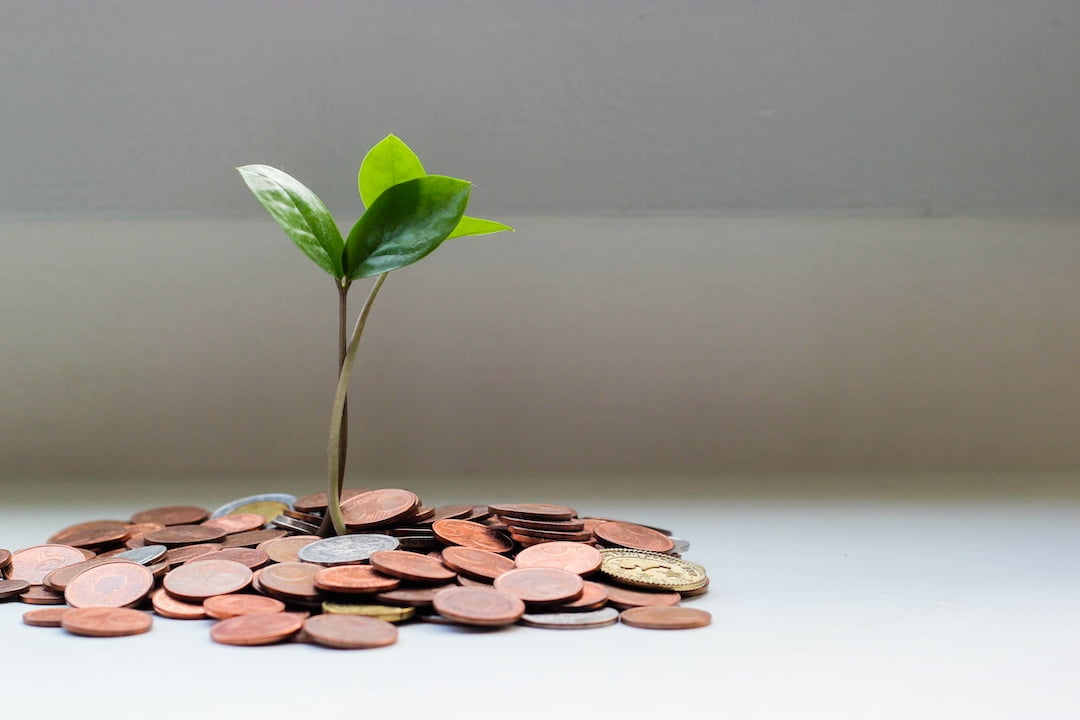As the world continues to grapple with the effects of climate change, there is an increasing need for innovative solutions to address these challenges.
The green bond market has emerged as a powerful tool for driving environmental change through investment. Let’s look at the growth and impact of green bonds and the potential for driving change in the financial markets.

Green bonds are bonds that are used to finance new and existing projects that offer climate change and environmental benefits.
What are green bonds?
Green bonds are bonds that are used to finance new and existing projects that offer climate change and environmental benefits. Issued by governments, financial institutions and corporations, green bonds are similar to traditional bonds in that they promise to repay investors with interest over a fixed period.
However, green bonds differ because the proceeds are earmarked exclusively for projects with positive environmental outcomes, such as renewable energy, sustainable agriculture or climate change adaptation initiatives.
Victoria became Australia’s first government to issue green bonds and the world’s foremost state or federal government to issue bonds with the international Climate Bond Certification. Victorian funds will be used to finance investments in transport (78 per cent), renewable energy (14 per cent), water (5 per cent) and low carbon buildings (3 per cent).

The green bond market has experienced rapid growth since its first issuance in 2007.
The green bond market: a growing phenomenon
The green bond market has experienced rapid growth since its first issuance in 2007 by the European Investment Bank. In 2020 alone, the market saw allocations worth over $269 billion, a 7 per cent increase from 2019.
In a recent report, Moody’s Investor Service claims that green, social, and sustainability-linked bond issuance will rise 10 per cent in 2023 to US$950 billion.
According to the report: “The continued maturation and diversification of the global sustainable bond markets will support a modest rebound in issuance in 2023, even as rising interest rates and macroeconomic uncertainty keep broader bond volumes well short of record highs.”
Several factors are contributing to this surge in popularity. Firstly, there is an increased awareness of climate risks, resulting in a greater demand for sustainable investment options. Also, governments and regulators have started implementing policies to support green finance, such as tax incentives and regulations requiring financial institutions to disclose their environmental impact. Finally, studies have demonstrated that green bonds can offer comparable, if not superior, financial performance to traditional bonds, making them an attractive option for investors.

Green bonds are an effective tool for driving environmental change by providing much-needed funding for sustainable projects.
The benefits of green bonds
Green bonds are an effective tool for driving environmental change by providing much-needed funding for sustainable projects. As the market grows, so does the capital available for such initiatives. This can accelerate the transition to a low-carbon, climate-resilient economy.
In addition to their environmental benefits, green bonds can offer issuers and investors advantages. Issuing green bonds can improve an organisation’s reputation and attract environmentally conscious investors. A study by the University of Cambridge and the Climate Bonds Initiative found that 84 per cent of green bond issuers experienced reputational benefits, while 63 per cent reported an increase in their investor base.
Green bonds can diversify portfolios for investors, as they tend to have a low correlation with other asset classes. US finance company MSCI found that green bonds exhibit lower volatility and higher risk-adjusted returns than conventional bonds. This can make them an attractive option for investors seeking to improve their portfolio’s risk-return profile while positively impacting the environment.

The absence of a universal definition of green bonds can lead to confusion and the risk of “greenwashing.”
Challenges and potential solutions
Despite their potential, the green bond market faces several challenges. One key issue is more standardisation in defining a green bond. Several frameworks and certifications are currently available, such as the Climate Bonds Initiative’s Climate Bonds Standard and the International Capital Market Association’s (ICMA) Green Bond Principles. However, the absence of a universal definition can lead to confusion and the risk of “greenwashing,” where issuers label their bonds as green without meeting the necessary criteria.
To address this issue, the European Union introduced the EU Taxonomy, a classification system designed to help investors identify sustainable investment opportunities. This represents a step in the right direction, but further efforts are needed to promote global harmonisation and prevent greenwashing and inconsistencies in the market.

It’s important to remember that green bonds are not available to the general public in Australia, and to beware of scammers.
Beware of green bond fakes
It’s important to remember that green bonds are not available to the general public in Australia. Yet, according to the Australian Securities and Investments Commission (ASIC), scammers may represent themselves as well-known financial services firms and invite people to invest in fictitious environmentally sustainable green bonds.
ASIC is aware of the existence of a number of fake green bonds. People or companies might invite you to invest in ‘environmentally sustainable green bonds’ via social media or websites, using fake investment materials and disclosure documents.
For more on finance wellness, including how to close the gender gap in finance, click here.

